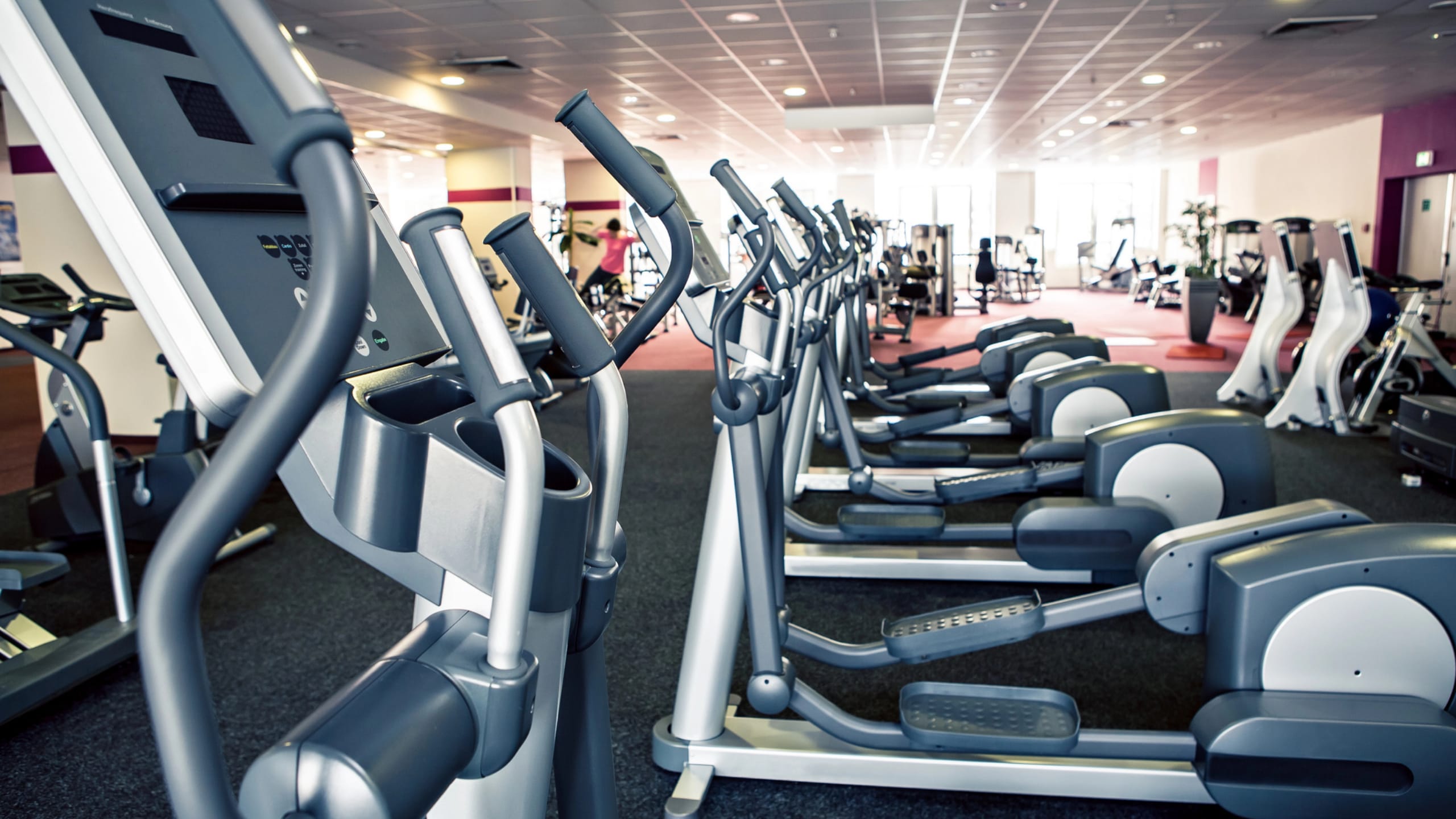

One way to enhance your sensory awareness is through mindfulness practices such as meditation or yoga. These activities encourage you to slow down and pay attention to your breath, body sensations, and surroundings. By focusing on these sensations without judgment or distraction, you can cultivate a greater sense of presence and aliveness.
Whether it's taking a leisurely walk in the park or sitting by a quiet lake, immersing yourself in natural environments can help awaken your senses and reduce stress levels. Pay attention to the sights, sounds, smells, and textures around you – notice the vibrant colors of flowers, listen to birds chirping overhead, inhale the fresh scent of pine trees.
Try experimenting with new cuisines or cooking techniques to stimulate your taste buds. Take up a creative hobby like painting or pottery that engages your sense of touch.
Listen to music or attend live performances that evoke strong emotions and memories. By incorporating these practices into your daily routine, you can cultivate a deeper connection with yourself and the world around you. Not only will this lead to a greater appreciation for life's simple pleasures but also improve your overall well-being.
How to Engage in Sensory Training for Improved Cognitive FunctionEngaging in sensory training for improved cognitive function is a beneficial practice that can enhance our overall mental acuity and well-being. By actively stimulating our senses through various exercises and activities, we can boost our brain's ability to process information, make decisions, and solve problems more effectively.
This type of training can help improve memory retention, focus, attention span, and overall cognitive function. To begin engaging in sensory training for improved cognitive function, it is essential to start with a simple exercise such as mindful breathing or meditation.
These practices can help calm the mind and increase awareness of our surroundings. From there, you can gradually introduce more complex activities that involve multiple senses simultaneously. For example, you could try incorporating aromatherapy into your daily routine by using essential oils or scented candles to stimulate your sense of smell while listening to calming music or nature sounds to engage your auditory sense. You could also experiment with different textures by touching various objects with different surfaces or temperatures to activate your tactile sense.
Paying close attention to the taste, texture, and aroma of each bite can not only enhance your dining experience but also improve your ability to savor flavors and appreciate food more fully. Incorporating regular physical exercise into your routine is also crucial for improving cognitive function. Activities such as yoga or tai chi can help promote mindfulness while strengthening both body and mind.
Overall, engaging in sensory training for improved cognitive function requires dedication and consistency but can lead to significant benefits in terms of mental clarity, focus, and overall well-being. By challenging our brains through various sensory experiences, we can unlock new levels of cognitive potential and live a more fulfilling life. The Importance of Sensory Fitness for Overall Health and Well-beingIn today's fast-paced world, it is easy to overlook the importance of sensory fitness for our overall health and well-being.


Our senses play a crucial role in how we perceive and interact with the world around us, yet they are often taken for granted. Sensory fitness refers to the ability of our senses – sight, hearing, touch, taste, and smell – to function optimally. Just like physical fitness is important for maintaining a healthy body, sensory fitness is essential for maintaining a healthy mind and emotional well-being. Our senses allow us to experience life in all its richness and diversity. They enable us to appreciate the beauty of nature, enjoy delicious foods, listen to music, feel the warmth of a hug, and so much more. When our senses are sharp and attuned, we are able to fully engage with our surroundings and derive pleasure from everyday experiences.
Poor vision can make it difficult to read or drive safely. Hearing loss can lead to feelings of isolation and communication difficulties. Loss of taste or smell can diminish our enjoyment of food and affect our appetite. Even minor sensory impairments can have far-reaching consequences on our overall well-being. Fortunately, there are simple ways to improve and maintain sensory fitness.
Regular eye exams can help detect vision problems early on. Protecting your ears from loud noises can prevent hearing loss. Engaging in activities that stimulate your sense of touch – such as gardening or playing a musical instrument – can keep your tactile sensitivity sharp.
Mindful eating, for example, involves savoring each bite of food by paying attention to its flavor, texture, and aroma. This not only makes mealtime more enjoyable but also promotes better digestion and nutritional absorption.
By nurturing our senses through regular check-ups, protective measures, engaging activities, and mindfulness practices, we can enrich our lives with vibrant sensations and profound connections with the world around us. Let us not underestimate the power of our senses in shaping how we experience life – let's embrace them fully in all their splendor!
For individuals who struggle with sensory processing issues, simple tasks like getting dressed or eating can become overwhelming and challenging. However, there are strategies and activities that can help improve these skills and make everyday activities more manageable.


One effective strategy for improving sensory processing skills is through sensory integration therapy. This type of therapy involves engaging in activities that stimulate the senses in a controlled and structured manner. By exposing individuals to different sensory experiences, such as touch, sound, and movement, they can learn to better process and respond to sensory input. Another helpful approach is the use of sensory diets, which involve creating a personalized plan of activities designed to meet an individual's specific sensory needs. These activities may include deep pressure massage, swinging on a swing set, or playing with textured materials like sand or Play-Doh.
In addition to therapy and sensory diets, there are also lifestyle changes that can help improve sensory processing skills. Ensuring a healthy diet rich in nutrients like omega-3 fatty acids and magnesium can support brain function and overall well-being. Adequate sleep is also essential for optimal sensory processing, as fatigue can exacerbate sensitivity to stimuli. Engaging in physical exercise can also be beneficial for improving sensory processing skills.
Overall, improving sensory processing skills requires a holistic approach that includes therapy, lifestyle changes, and regular practice of sensory-related activities. By implementing these strategies into daily life, individuals with sensory processing issues can enhance their quality of life and feel more confident navigating the world around them.
What is neurodiverse sensory fitness and how does it benefit individuals? Neurodiverse sensory fitness is a concept that focuses on using physical activity and sensory experiences to promote overall health and well-being for individuals who have neurodiverse conditions such as autism, ADHD, sensory processing disorder, and other developmental disabilities. The benefits of neurodiverse sensory fitness are multifaceted. Firstly, engaging in regular physical activity can help improve motor skills, coordination, balance, and strength for individuals with neurodiverse conditions. This can lead to increased independence in daily activities and improved quality of life.
For example, deep pressure activities or proprioceptive input can help calm an overstimulated nervous system and reduce anxiety levels. On the other hand, vestibular activities like swinging or spinning can provide much-needed stimulation for those who may seek out movement. Furthermore, participating in sensory fitness activities can also promote social interaction and communication skills. Group classes or team sports provide opportunities for individuals with neurodiverse conditions to engage with peers in a structured setting while working towards common goals.
With appropriate support and accommodations, many autistic individuals lead fulfilling lives and can achieve success in various aspects such as education, employment, relationships, and personal development.
The five hallmark symptoms of autism, as per the DSM-5, include challenges in social communication and interaction, repetitive behaviors, restricted interests, sensory sensitivities, and difficulty in understanding and expressing emotions.
The ADHD brain typically exhibits differences in certain neurotransmitter activity and brain structures, particularly those involved in attention, impulse control, and executive function.
Three main characteristics of autism include difficulties in social interaction, communication challenges, and repetitive behaviors or restricted interests.